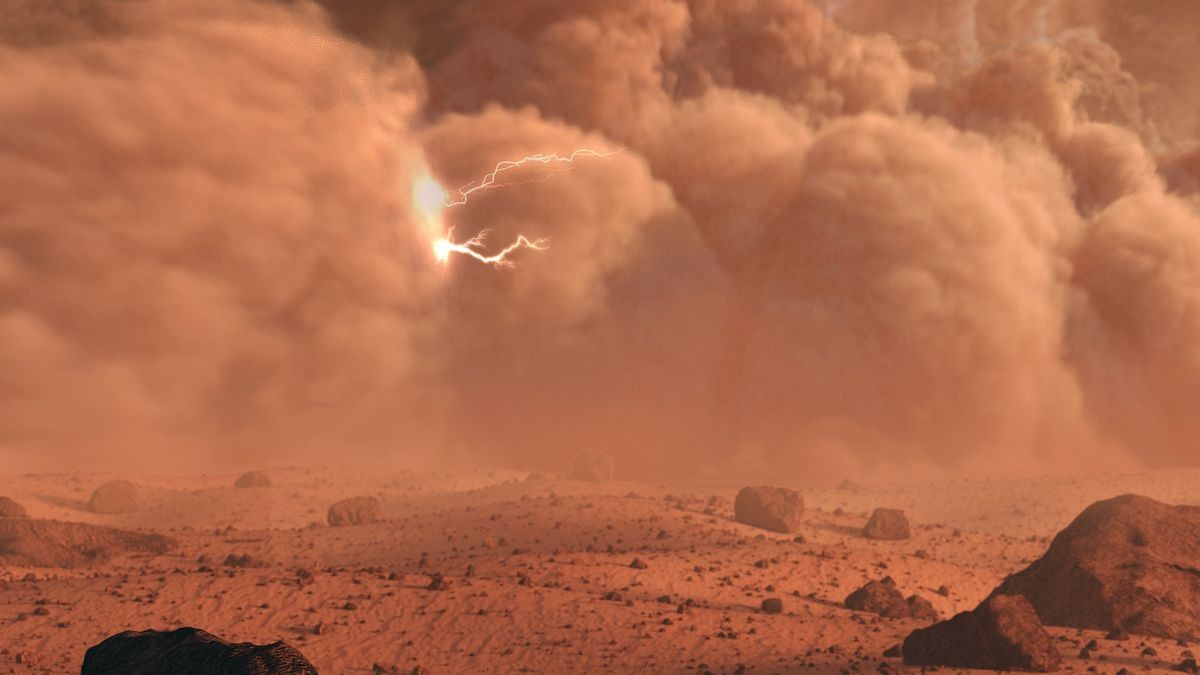For decades, scientists have theorized that lightning could exist on Mars, but now NASA’s Perseverance rover has provided definitive proof: electrical discharges do occur on the red planet. This finding, detailed in recent research, isn’t just a confirmation of atmospheric processes—it has implications for future missions and the long-term search for life beyond Earth.
Dust Storms and Electrical Charge
The Perseverance rover detected 55 electrical discharges over two Martian years, captured using its SuperCam microphone. These weren’t the dramatic, cloud-splitting bolts of lightning familiar from Earth; instead, they were faint electrical bursts generated by dust storms and dust devils. This confirms that even in Mars’ thin, dry atmosphere, friction between dust particles can build enough static charge to create electrical discharges.
Why this matters: Mars’ atmosphere is vastly different from Earth’s. Water isn’t needed for electrical discharges—volcanic ash, and even sandstorms can generate enough charge. The fact that this happens on Mars suggests similar processes could be active on other planets, including those in our solar system and beyond.
How Perseverance Detected the Lightning
Perseverance’s SuperCam instrument detected these discharges in two ways. First, the microphone recorded a sudden electronic “blip” caused by electromagnetic interference from the electrical discharge. This was followed by a faint sonic boom, indicating rapid heating and expansion of the air around the event. Scientists replicated these signals with a SuperCam replica on Earth, verifying the authenticity of the Martian recordings.
The discharges themselves were small, ranging from 0.1 to 150 nanojoules (compared to Earth’s average lightning bolt of one billion joules). One event, however, reached 40 millijoules, likely caused by a charge buildup on the rover itself.
Implications for Future Mars Missions
This discovery isn’t just a curiosity. It has practical implications for future exploration. The electrical discharges could damage sensitive equipment, so mission planners must now account for this threat. Furthermore, understanding how lightning occurs on Mars will refine atmospheric models, improving our predictions about Martian weather and climate.
Beyond technology, this finding could influence the search for life. Lightning on Earth may have played a role in creating the conditions for life to emerge by providing energy for chemical reactions. If lightning occurs on Mars, it could have had a similar effect, increasing the possibility that life once existed – or still exists – there.
“This study opens a notable field of investigation for the atmosphere of Mars… and motivates the development of new atmospheric models to account for electrical phenomena and their consequences in the Martian atmosphere,” conclude the researchers.
The confirmation of lightning on Mars marks a significant step in our understanding of the planet, paving the way for more informed exploration and a renewed focus on the potential for life beyond Earth.
